The Journey Towards A Cure For Alzheimer's
- Prathamesh Chati
- Oct 10, 2016
- 4 min read

The journey towards a cure for Alzheimer’s is long and has yet reached an end. A very common disease that mainly effects people over the age of 60, over 3 million people are diagnosed with Alzheimer’s each year in the U.S. and the number is growing. Although many of are aware of the main effect associated with Alzheimer’s, memory loss, a lot of people don’t know the more severe side effects and why Alzheimer’s is caused. Scientists are still unsure of a definite cause of Alzheimer’s but they have narrowed it down to a gene mutation. Well, to start off, Alzheimer’s is a neurological disease where brain cells die causing the loss of memory and brain functions. This disease gets progressively worse as the patients age and can eventually result in death if treated incorrectly. As of now, no known cure has been found but there are medications to reduce the symptoms of Alzheimer’s. Therapy and strategy treatment is also present, which will be discussed below.
Since it is such a common disease, a lot of information is present considering diagnoses of Alzheimer’s. Many patients usually start with the same symptoms. These symptoms can affect your life significantly in small and large tasks. Few symptoms are listed below.
Significant Loss of Memory- One of the most well-known symptoms of Alzheimer’s is Memory loss. This can affect daily life because patients tend to forget important dates, appointments and other events. This doesn’t only apply to big events, small details are also often forgotten such as names, phone numbers and placing of objects. Some patient’s memory loss is so severe that they set an object and a few minutes later can no longer remember where they put it.
Confusion and Difficulty of Easy Tasks – Commonly associated with memory loss, some patients often forget where or how they got somewhere. When people dream, the same side effects are seen, people cannot comprehend how they got to certain places. So suppose an Alzheimer’s patient goes to the local gym, in the middle of a workout, they may forget what they are doing and how they even got to the gym. Difficulty doing tasks also falls into this category because it is also related to memory. At home tasks like doing the laundry may seem easy at first but as the patient ages, the easy tasks become harder and less comprehendible. Patients also have trouble with trivial things like understanding the rules to a game or dealing with a set of numbers.
Speaking or Writing Difficulties – Often times patients can be in the middle of a conversation and suddenly stop talking because they either forget what they are talking about or they just run out of words to use. People also forget common names and sayings, so instead of saying watch they may say hand clock. Writing can also be a problem considering they may forget the topic and again, the words.
Now you may be wondering how these symptoms may lead to death? And they do seem benign, however, these are only the mild symptoms. There are five stages to Alzheimer’s disease. The first stage is preclinical Alzheimer’s: in this stage the symptoms are not even noticeable. The ones mentioned above take place in the Mild Cognitive Impairment and Mild Dementia stage, the second and third stages. The fourth stage is moderate dementia which is when patients undergo serious behavior change, need a lot of assistance in day to day tasks and undergo severe memory loss. The fifth and final stage is severe dementia. In this stage, patients lose the ability to walk and communicate coherently. Also, physical abilities significantly deteriorate such as the inability to swallow, control bowels and bladder. In this stage death is also common because of Pneumonia. Since swallowing is an issue, food enters the lungs causing infections and eventually death from Pneumonia.
Even though there are a lot of risks and stages, patients tend to live 10 to 15 years after diagnosis and some even 20 years. No real cure has been found yet, however, there are medications and other treatment options for people who have Alzheimer’s. Different Medications serve different purposes. The first one, Cholinesterase, is to prevent the breakdown of a neurotransmitter called Acetylcholine. The brain has many neurotransmitters that relay chemical messengers between neurons. Since there are a wide variety, each neurotransmitter serves a different function, some for mood, hunger and so on. Acetylcholine’s main function is memory, so when the medication prevents the breakdown of acetylcholine, it is preventing memory loss. Another medication is memantine, which regulates the Glutamate levels in the body, another neurotransmitter in the brain related to memory. Although a wide variety of medication are available, none have been found to cure Alzheimer’s, just delay its side effects. A few other treatments also include approaching the patient differently; since their moods have changed, they may seem more irritable; Creating a calm environment so they don’t feel stressed out or coming up with a coping method for the patient in stressful situations.
With a long journey that has yet reached an end, scientists still test for new medications and cures to help people with Alzheimer’s disease. With new advancements being made every day, we are getting closer and closer to a cure so all families can avoid the emotional and physical harm of losing a loved one to Alzheimer’s disease.
Works Cited
http://www.alz.org/alzheimers_disease_treatments_for_behavior.asp
http://www.alz.org/10-signs-symptoms-alzheimers-dementia.asp
http://www.mayoclinic.org/diseases-conditions/alzheimers-disease/in-depth/alzheimers-stages/art-20048448?pg=2
https://www.google.com/search?q=alzheimer%27s&safe=strict&espv=2&biw=1366&bih=638&source=lnms&tbm=isch&sa=X&ved=0ahUKEwjQhdmzjs_PAhUDJB4KHRYDAYoQ_AUIBygC#safe=strict&tbm=isch&q=memory+loss&imgrc=g8vBS4fZqLNs6M%3A


Comments